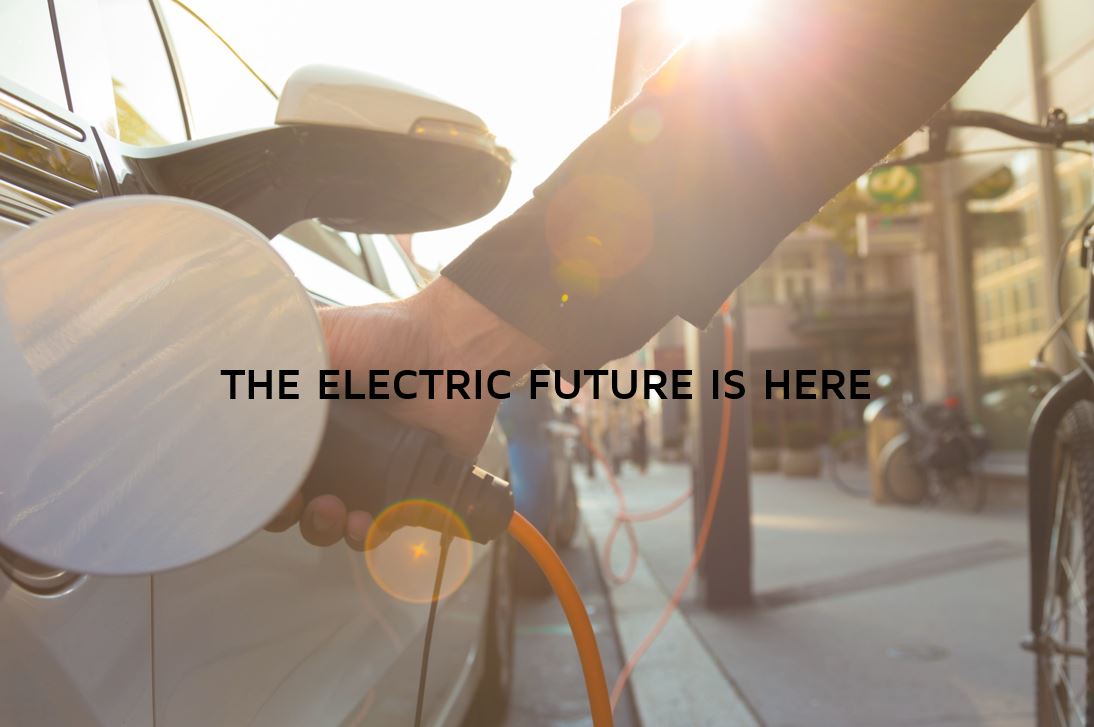
Electromobility has been growing exponentially in the past couple of years, with an annual steady increase in electric vehicles on the road in the last decade. This very positive trend has been a result of the combination of an evolving market and a climate-friendly policy environment.
Likewise, industry has been investing heavily in e-mobility in the past couple of years ensuring the costs of EV’s continues drop. The policy environment has also set the scene to support the transition to electrification enabling zero emission transport. Consumers are also now more aware of the benefits of owning a zero emission car.

As the market evolves and customer demand increases, the number of charging points across Europe has also expanded. In fact, the most recent data stemming from the European Alternative Fuels Observatory (EAFO), an online portal funded by the European Commission monitoring the deployment of alternative fuels, has shown that the amount of fast charging points in Europe recently surpassed 20.000.
Fast charging is a key pinnacle of the infrastructure supporting electromobility, allowing electric vehicles to be charged quickly, and allowing consumers to drive seamlessly across the EU without any emissions.
“Fast chargers are key to travel around corridors in European Union” commented Philippe Vangeel, Secretary General of AVERE, “This continuous growth in their deployment not only proves the commitment of our society to a future of mobility that is clean, but also to one that is accessible to everybody”.
“EVA Scotland welcomes the news that there are now over 20,000 public fast chargers in Europe facilitating travel by electric vehicle across the continent in complete confidence” stated Alister Hamilton, Director and Chair of EVA Scotland, the AVERE Member in Scotland.
While this is a very important breakthrough, fast-chargers are only a part of the solution. EAFO data shows that there are more than 174.000 overall public charging points registered in the EU. This is a real opportunity to keep growing the network ensuring the mass roll out across Europe.

Overall this is one of the many data points that can make us optimistic that we are heading towards to the mass electrification of transport. This uptake entails achieving zero emission transport in Europe.
Reducing emissions from transport is a much-needed change and vital in supporting Europe become carbon neutral.
In fact, it is expected that, through electrification, the transport sector will deliver a 60% reduction in greenhouse gas (GHG) emissions in the EU by 2050. Whereas it is predicted that reaching the COP21 goal of limiting temperature to 1.5°C, will require a complete decarbonisation of the transport sector by 2050.
However making this scenario a reality requires pushing the efforts of industry and policymakers into the next gear.
Matthias Breust, Deputy Chairman of BSM – Bundesverband Solare Mobilität, the German association for solar-powered mobility stated that “Charging infrastructure represents a core factor for the success of electric mobility. We are proud that, with about 20% of the total number of fast charging points in Europe, Germany not only contributed adequately to this development, but pegged funding to the use of renewable energy. For the further build-up we also have to keep the usability, reliability, transparency and safety of these charging stations in focus to make electric driving an attractive choice for everybody”.
More work is required to achieve the next, most important stage. In this regard, it is undeniable that the European Union has already done a lot to connect its Member States through a network of sustainable charging points.
As summed up by Patrik Krizansky, Director of SEVA – Slovak Electric Vehicle Association, “The European Connecting Facility, a program of the European Commission to support the interconnectivity of European infrastructure, is helping cohesion regions to catch up with deploying fast charging infrastructure along Ten-T corridors. Two Slovak EMSPs have implemented totally 9 such CEF projects with other partners in the region”.

Based upon the many positive results, we believe the European Union decision makers are ready to make one more step and commit to the vision of zero-emission transport. The new European Commission is set to propose a European Green Deal, which will be at the core of the transition of the continent to a climate-friendly society and economy. For this to happen, mobility must undergo comprehensive reforms that can guarantee that electromobility remains competitive in a world where other global powers are investing in the sector.
We at AVERE believe the following key actions, which could easily be part of the European Green Deal, are required:
– Review the Alternative Fuels Directive (AFID) in order to support the mass amount of electric and zero emission vehicles on the road. The charging environment across Europe must be more consumer-friendly, seamless, interoperable, and easy-to understand.
– Stimulate investment in battery technology through funding and regulatory clarity. The Commission should prepare a “Battery Package” that will provide clarity on sustainability and end of life criteria for batteries. It should also set up a joint public private partnership dedicated to developing competitive and sustainable battery manufacturing.
– Facilitate EV charging infrastructure in buildings. The recently revised European Buildings Directive (EPBD) only mandated EV charging infrastructure in residential and non-residential buildings. Member States should extend support for charging infrastructure to all buildings, and ease administrative procedures for the roll out of charging stations in parking lots-
– Maximise synergies in the energy and transport sectors. Electric cars can provide substantial benefits for grid operators through the use of clean sources of renewable energy into the grid and by negating high costly grid upgrades.
Electromobility is now a practical technology with a flourishing market undergoing remarkable innovations. With some final support, it can become the mass mobility solution of the future and ensure that Europe can transition to zero emission.

